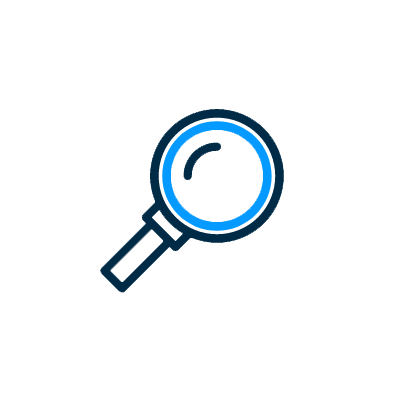
Article
New minimum wage: How can small businesses prepare for the increased cost?
The minimum wage increases from July 1, 2022.
With inflation rising to 5.1%, the Fair Work Commission has announced it would increase the national minimum wage by 5.2%, following an election promise from Prime Minister Anthony Albanese to raise the minimum wage in line with inflation.
Small businesses are already shelling out for the added costs of fuel, energy and supplies, so for many employers, the minimum wage rise has come at a difficult time.
As the 1 July approaches, we look at how the new minimum wage will affect small business costs, plus some ways to minimise the impact.
What is the new minimum wage?
Workers on the minimum wage will get a pay rise on 1st July 2022 to $21.38 per hour, or $812.44 per 38-hour week (or a flat rate of $40 per week for employees earning below $869.60 per week).
This is a 5.2% increase of the national minimum wage and 4.6% for award minimums and is in addition to the 0.5% Superannuation Guarantee increase on July 1, 2022.
How will this affect small businesses?
For many Australian start-ups and small businesses, the new minimum wage represents yet another restriction on growth in a two-year period that’s been plagued by the coronavirus outbreak, supply chain issues including rising fuel costs and inflation.
Particularly hard hit have been customer-facing industries, such as tourism, hospitality and leisure.
What can SMEs do to absorb the added cost?
It is a legal requirement for businesses to be aware of and compliant with their statutory obligations regarding the payment of wages. Penalties are severe and ignorance is not a defence.
There are ways to get ahead of the effects of a rise in minimum wage.
We highlight four ways that you could start bringing more money in and/or reducing the amount of money flowing out of your business.
Cut expenses
Take a look at what your current operating costs are. Could these be scaled back? Even small changes can help to reserve your company’s cash flow. Common ways to limit expenses include:
- Cutting down on office space
- Switching energy supplier
- Turning off lights, appliances and machinery after hours
- Reducing paper use
- Buying used equipment
- Reduce hours
Another way to limit labour costs without causing redundancies is to reduce staff hours to short time working.
You’ll need to make is to ensure that you keep your employees well informed during the process and you can’t make any changes to an employee’s contract without them first agreeing. We would advise you to seek professional advice when considering this.
Look at what you are charging
One common solution for business owners to reduce labour costs is to consider increasing what you charge. Read our article here on how you can increase prices to help deal with rising costs.
Be sure to communicate with your customers so they know what to expect and watch what your competitors are up to so you can compare.
Speak to a TaxAssist Accountant
One of the most important ways to prepare for any wage increases is to make sure you have a strong understanding of your current financial position.
Speak to your local TaxAssist Accountant to check you can afford the new increase. If you have growth plans in place, make sure you have the capital available to enact them once you’ve incurred any added costs from the minimum wage increases. Now is also a good time to look at the type and levels of your debt.
If you’re short on money, investing in accounting software is a sensible way to track your company cash flow, revenue and expenses. This will make it easier to keep an eye on your financial situation once you begin paying a higher wage to employees. We can help you with this.
Minimum wage increases are a fact of life. Staff are one of your most important resources and raising their wages should be seen as an investment in your company.
A few operational and behavioural changes can help to accommodate the change. If you plan accordingly, minimum wage increases don't have to be an obstacle to growth.
Date published 17 Jun 2022 | Last updated 9 Jul 2022
This article is intended to inform rather than advise and is based on legislation and practice at the time. Taxpayer’s circumstances do vary and if you feel that the information provided is beneficial it is important that you contact us before implementation. If you take, or do not take action as a result of reading this article, before receiving our written endorsement, we will accept no responsibility for any financial loss incurred.Choose the right accounting firm for you
Running your own business can be challenging so why not let TaxAssist Accountants manage your tax, accounting, bookkeeping and payroll needs? If you are not receiving the service you deserve from your accountant, then perhaps it’s time to make the switch?

Local business focus
We specialise in supporting independent businesses. Each TaxAssist Accountant runs their own business, and are passionate about supporting you.

Come and meet us
We enjoy talking to business owners and self-employed professionals who are looking to get the most out of their accountant. You can visit us at any of our multiple locations, meet with us online through video call software, or talk to us by telephone.

Switching is simple
Changing accountants is easier than you might think. There are no tax implications and you can switch at any time in the year and our team will guide you through the process for a smooth transition.